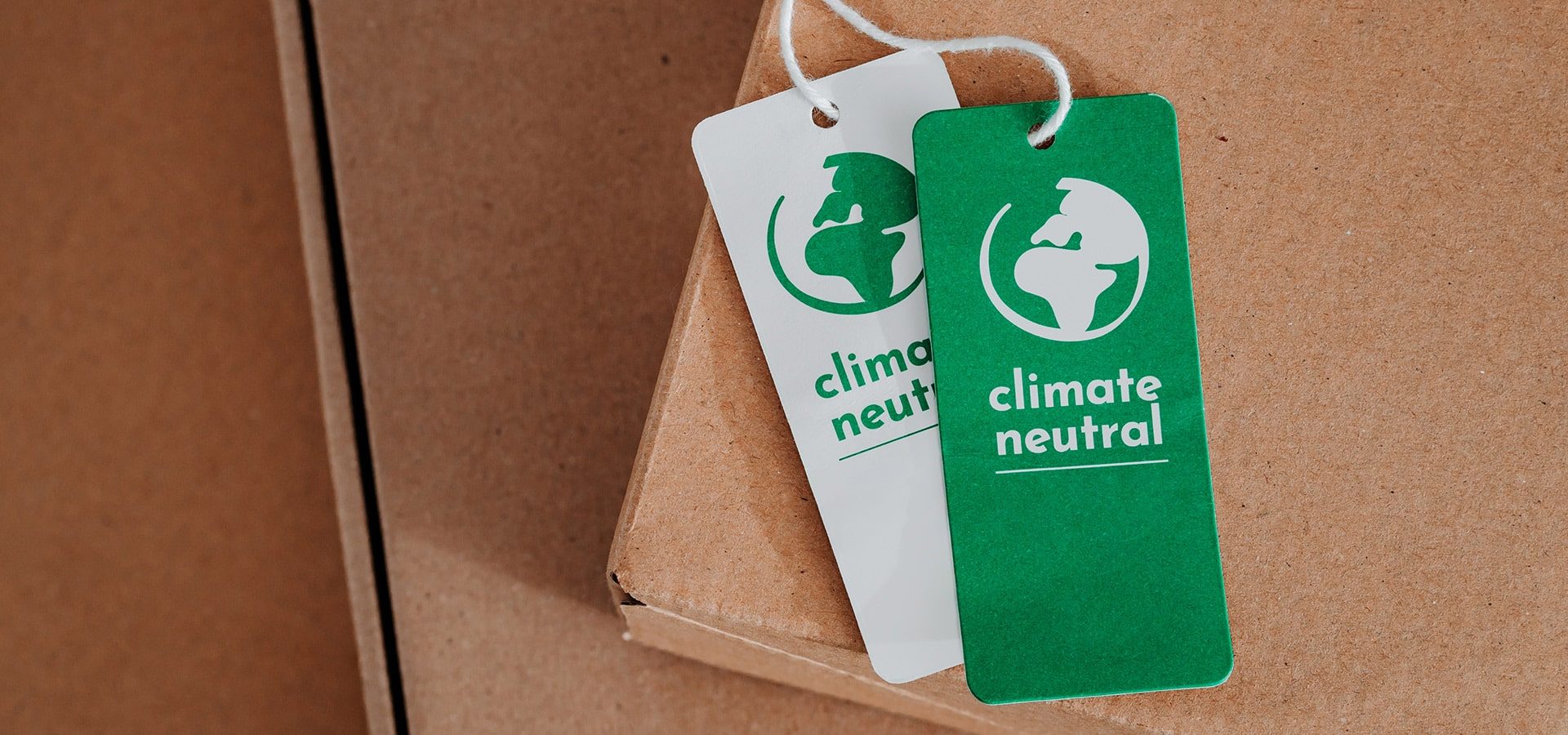Both businesses and consumers are increasingly prioritizing sustainability.
One of the key areas where this shift is evident is in packaging. Environmentally friendly packaging not only helps reduce the carbon footprint but also appeals to a growing segment of environmentally conscious consumers. Here’s a comprehensive guide to the various types of environmentally friendly packaging that businesses can adopt to make a positive impact on the planet.
1. Recycled Paper and Cardboard
Recycled paper and cardboard are among the most widely used and recognized forms of eco-friendly packaging. Made from post-consumer and post-industrial waste, these materials are highly sustainable and biodegradable. They are ideal for a range of products, from shipping boxes to retail packaging. Using recycled paper and cardboard not only reduces the demand for virgin materials but also diverts waste from landfills.
Benefits:
- Highly recyclable and biodegradable
- Reduces the need for new raw materials
- Versatile and widely available
2. Biodegradable Plastics
Biodegradable plastics, also known as bioplastics, are made from renewable sources such as corn starch, potato starch, or sugarcane. Unlike traditional plastics derived from petroleum, bioplastics break down more quickly and naturally when exposed to the environment. They are an excellent choice for packaging items that typically require plastic, such as food containers, bottles, and bags.
Benefits:
- Reduces reliance on fossil fuels
- Decomposes more rapidly than conventional plastics
- Suitable for a variety of applications
3. Compostable Packaging
Compostable packaging takes biodegradability a step further. These materials are designed to break down into non-toxic components in a composting environment, enriching the soil in the process. Common compostable materials include plant-based plastics, cornstarch, and certain types of paper and cardboard. This type of packaging is particularly beneficial for food products, as it can be composted along with food waste.
Benefits:
- Fully decomposes into organic matter
- Can improve soil health
- Reduces landfill waste
4. Reusable Packaging
Reusable packaging is designed to be used multiple times before being recycled or discarded. Examples include glass jars, metal tins, and cloth bags. This approach significantly reduces waste and the demand for single-use packaging. Reusable packaging is especially effective for products like cosmetics, beverages, and groceries.
Benefits:
- Reduces waste and environmental impact
- Promotes a circular economy
- Often more durable and attractive
5. Edible Packaging
Edible packaging is an innovative and emerging solution that allows consumers to eat the packaging along with the product. Made from food-grade materials such as seaweed, rice paper, and starch, edible packaging can significantly reduce packaging waste. This type of packaging is particularly suitable for food items like candies, snacks, and single-serve portions.
Benefits:
- Eliminates packaging waste
- Offers a unique and novel experience
- Made from natural, safe ingredients
6. Plant-Based Packaging
Plant-based packaging is derived from agricultural byproducts and other renewable sources. Materials such as mushroom packaging, which uses the root structure of mushrooms (mycelium), and packaging made from agricultural waste (like wheat straw and sugarcane bagasse) are gaining popularity. These materials are not only biodegradable but also often compostable.
Benefits:
- Utilizes renewable resources
- Reduces waste and environmental impact
- Often biodegradable and compostable
7. Minimalist Packaging
Minimalist packaging focuses on reducing the amount of material used, thereby minimizing waste. This approach often involves designing packaging that uses fewer resources, is lightweight, and has a smaller environmental footprint. It also emphasizes simplicity and functionality, eliminating unnecessary components.
Benefits:
- Reduces material usage and waste
- Lowers transportation costs and emissions
- Enhances product presentation through simplicity
Adopting environmentally friendly packaging is a crucial step for businesses looking to reduce their environmental impact and appeal to eco-conscious consumers. From recycled paper and biodegradable plastics to innovative solutions like edible and plant-based packaging, there are numerous options available that can align with various product needs and sustainability goals. By embracing these eco-friendly packaging types, businesses can contribute to a more sustainable future while meeting the growing demand for green solutions.
Contact Us Now for More Information
Phone: (816) 459-8404

